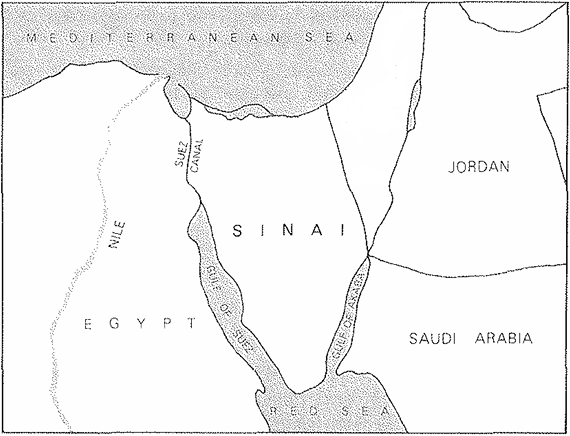

Grammar


Tenses


Present

Present Simple

Present Continuous

Present Perfect

Present Perfect Continuous


Past

Past Continuous

Past Perfect

Past Perfect Continuous

Past Simple


Future

Future Simple

Future Continuous

Future Perfect

Future Perfect Continuous

Passive and Active


Parts Of Speech


Nouns

Countable and uncountable nouns

Verbal nouns

Singular and Plural nouns

Proper nouns

Nouns gender

Nouns definition

Concrete nouns

Abstract nouns

Common nouns

Collective nouns

Definition Of Nouns


Verbs

Stative and dynamic verbs

Finite and nonfinite verbs

To be verbs

Transitive and intransitive verbs

Auxiliary verbs

Modal verbs

Regular and irregular verbs

Action verbs


Adverbs

Relative adverbs

Interrogative adverbs

Adverbs of time

Adverbs of place

Adverbs of reason

Adverbs of quantity

Adverbs of manner

Adverbs of frequency

Adverbs of affirmation


Adjectives

Quantitative adjective

Proper adjective

Possessive adjective

Numeral adjective

Interrogative adjective

Distributive adjective

Descriptive adjective

Demonstrative adjective


Pronouns

Subject pronoun

Relative pronoun

Reflexive pronoun

Reciprocal pronoun

Possessive pronoun

Personal pronoun

Interrogative pronoun

Indefinite pronoun

Emphatic pronoun

Distributive pronoun

Demonstrative pronoun


Pre Position


Preposition by function

Time preposition

Reason preposition

Possession preposition

Place preposition

Phrases preposition

Origin preposition

Measure preposition

Direction preposition

Contrast preposition

Agent preposition


Preposition by construction

Simple preposition

Phrase preposition

Double preposition

Compound preposition


Conjunctions

Subordinating conjunction

Correlative conjunction

Coordinating conjunction

Conjunctive adverbs


Interjections

Express calling interjection


Grammar Rules

Preference

Requests and offers

wishes

Be used to

Some and any

Could have done

Describing people

Giving advices

Possession

Comparative and superlative

Giving Reason

Making Suggestions

Apologizing

Forming questions

Since and for

Directions

Obligation

Adverbials

invitation

Articles

Imaginary condition

Zero conditional

First conditional

Second conditional

Third conditional

Reported speech


Linguistics

Phonetics

Phonology


Semantics


Pragmatics

Linguistics fields

Syntax

Morphology

Semantics

pragmatics

History

Writing

Grammar

Phonetics and Phonology


Reading Comprehension

Elementary

Intermediate

Advanced
Describing a Structure
المؤلف:
BARBARA MINTO
المصدر:
THE MINTO PYRAMID PRINCIPLE
الجزء والصفحة:
84-6
2024-09-13
309
Once the structure is set up, one way to describe it is to follow it from the top down and from left to right, describing each part in the order in which it appears. This is the form you would follow if you were giving a technical description of the radar set described above, or any other technical description of a piece of machinery.
However, you can also impose a process order on your description. To illustrate, here is a map of the Sinai Desert. The passage following describes its structure:

On any map of the Middle East, the Sinai Peninsula sits dead center; an almost perfect inverted isosceles triangle, a sharp wedge that seems to cleave Africa from Arab Asia. Depending on one's political persuasion, it can be seen in several other contexts: as an eastern arm of Egypt, holy Egyptian soil, severed from its motherland only a little more than a century ago by the Suez Canal; as a natural and logical southern extension of Palestine, a massive broadening of the Negev Desert; as a northern adjunct of Saudi Arabia, separated from that immensity by the narrow Gulf of Akaba; or simply, as an ancient land bridge connecting East and West, a handy route for caravans and invading armies.1
The "contexts" in which one can view the Sinai Peninsula are listed in the order in which the eye would comprehend them as it looked at the map, starting in the upper left-hand corner and moving clockwise. First it would see the split from Egypt, then the southern part of Palestine, then the top of Saudi Arabia. Finally, it would travel back from east to west. Thus, the author has visualized the process a reader would follow in examining the map, and reflected that order in his description.
1From The New Yorker; June 4, 1979, "Sinai: The Great and Terrible Wilderness" by Burton Bernstein.